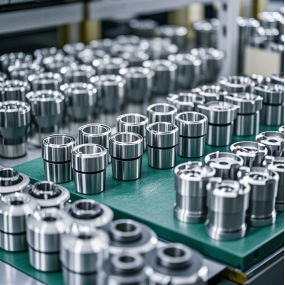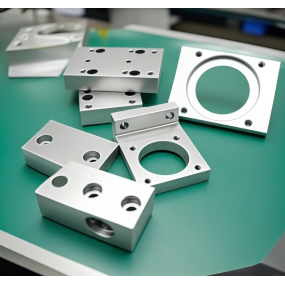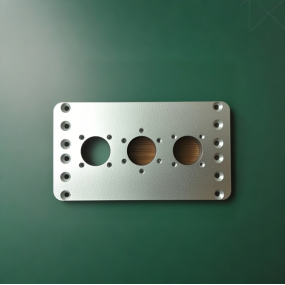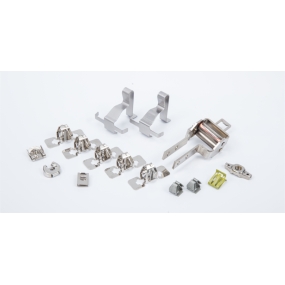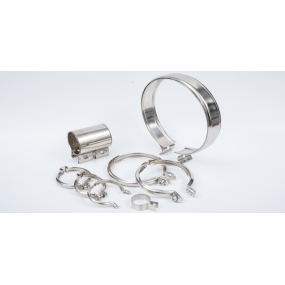The heat dissipation design of the chassis cabinet is to increase the blackness of the inner and outer surfaces of the chassis, open ventilation holes, etc., which can reduce the temperature. The effect of high blackness on the inner and outer surfaces of the chassis is better than that of low blackness. The heat dissipation effect of high blackness on both sides of the chassis is better than that on one side. On the basis of increasing the blackness on the inner and outer surfaces of the chassis, reasonably improving the ventilation structure and strengthening the convection of the cooling air can significantly reduce the temperature inside the equipment.
The ventilation hole is opened on the chassis cabinet to take advantage of the convection heat transfer effect of cold air, which can be comprehensively considered according to the requirements of heat dissipation and electromagnetic compatibility, and the heat in the ventilation dispersion area is the standard.
The basic principle of opening ventilation holes: the opening of ventilation holes should be conducive to the formation of an effective convection channel for air flow, the air inlet should be aligned with the heating element as much as possible, and the air inlet should be far away from the outlet hole to prevent short circuit of air flow. It should be opened in the corresponding position with a large temperature difference, and the air inlet should pay attention to dust prevention and electromagnetic leakage.
Equipment chassis rack processing analysis of heat dissipation design principles:
1. Improve the heat transfer capacity of the internal electronic components of the equipment, such as the casing.
2. Improve the heat transfer capacity of the chassis to the outside.
3. Minimize the thermal resistance along the heat transfer path to form a low thermal resistance heat flow path to ensure that the equipment operates normally within the allowable temperature range.
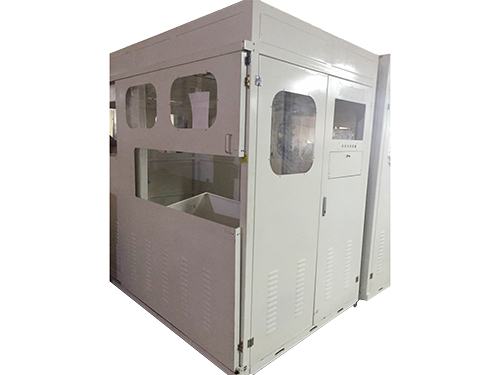


 Spanish
Spanish Arabic
Arabic French
French Portuguese
Portuguese Belarusian
Belarusian Japanese
Japanese Russian
Russian Malay
Malay Icelandic
Icelandic Bulgarian
Bulgarian Azerbaijani
Azerbaijani Estonian
Estonian Irish
Irish Polish
Polish Persian
Persian Boolean
Boolean Danish
Danish German
German Filipino
Filipino Finnish
Finnish Korean
Korean Dutch
Dutch Galician
Galician Catalan
Catalan Czech
Czech Croatian
Croatian Latin
Latin Latvian
Latvian Romanian
Romanian Maltese
Maltese Macedonian
Macedonian Norwegian
Norwegian Swedish
Swedish Serbian
Serbian Slovak
Slovak Slovenian
Slovenian Swahili
Swahili Thai
Thai Turkish
Turkish Welsh
Welsh Urdu
Urdu Ukrainian
Ukrainian Greek
Greek Hungarian
Hungarian Italian
Italian Yiddish
Yiddish Indonesian
Indonesian Vietnamese
Vietnamese Haitian Creole
Haitian Creole Spanish Basque
Spanish Basque

